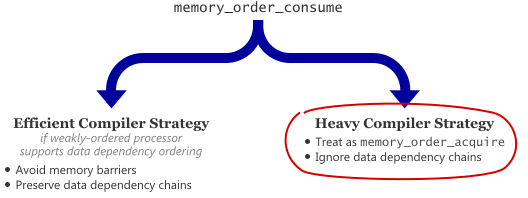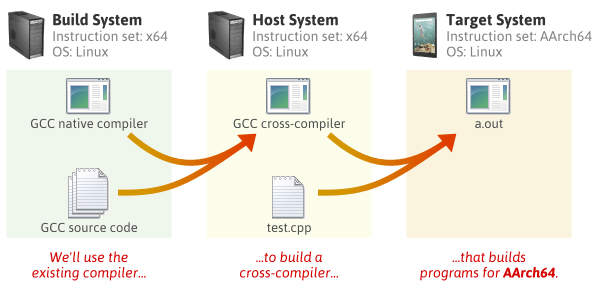Recently, I became interested in the inner workings of Bitcoin – specifically, the way it uses elliptic curve cryptography to generate Bitcoin addresses such as 1PreshX6QrHmsWbSs8pHpz6kLRcj9kdPy6. It inspired me to write another obfuscated Python script. The following is valid Python code:
_ =r"""A(W/2,*M(3*G
*G*V(2*J%P),G,J,G)+((M((J-T
)*V((G-S)%P),S,T,G)if(S@(G,J))if(
W%2@(S,T)))if(W@(S,T);H=2**256;import&h
ashlib&as&h,os,re,bi nascii&as&k;J$:int(
k.b2a_hex(W),16);C$:C (W/ 58)+[W%58]if(W@
[];X=h.new("rip em d160");Y$:h.sha25
6(W).digest();I$ d=32:I(W/256,d-1)+
chr(W%256)if(d>0@""; U$:J(k.a2b_base
64(W));f=J(os.urando m(64)) %(H-U("AUVRIxl
Qt1/EQC2hcy/JvsA="))+ 1;M$Q,R,G :((W*W-Q-G)%P,
(W*(G+2*Q-W*W)-R)%P) ;P=H-2** 32-977;V$Q=P,L=
1,O=0:V(Q%W,W,O-Q/W* L,L)if(W@O%P;S,
T=A(f,U("eb5mfvncu6 xVoGKVzocLBwKb/Nst
zijZWfKBWxb4F5g="), U("SDra dyajxGVdpPv8DhEI
qP0XtEimhVQZnEfQj/ sQ1Lg="), 0,0);F$:"1"+F(W
[1:])if(W[:1 ]=="\0"@"" .join(map(B,C(
J(W))));K$: F(W +Y(Y(W))[:4]);
X.update(Y("\4"+ I(S)+I(T)));B$
:re.sub("[0OIl _]| [^\\w]","","".jo
in(map(chr,ra nge (123))))[W];print"Addre
ss:",K("\0"+X.dig est())+"\nPrivkey:",K(
"\x80"+I(f))""";exec(reduce(lambda W,X:
W.replace(*X),zip(" \n&$@",["","",
" ","=lambda W,",")else "])
,"A$G,J,S,T:"+_))
Python 2.5 – 2.7 is required. Each time you run this script, it generates a Bitcoin address with a matching private key.

 Preshing on Programming
Preshing on Programming

 First and foremost, a bitcoin is a unit of account, in the same sense that a gallon is a unit of volume, or a gram is a unit of mass. You can’t pick up a bitcoin and hold it in your hand like you can a dollar bill. But that’s OK, because that’s not what’s important. What’s important is that:
First and foremost, a bitcoin is a unit of account, in the same sense that a gallon is a unit of volume, or a gram is a unit of mass. You can’t pick up a bitcoin and hold it in your hand like you can a dollar bill. But that’s OK, because that’s not what’s important. What’s important is that: